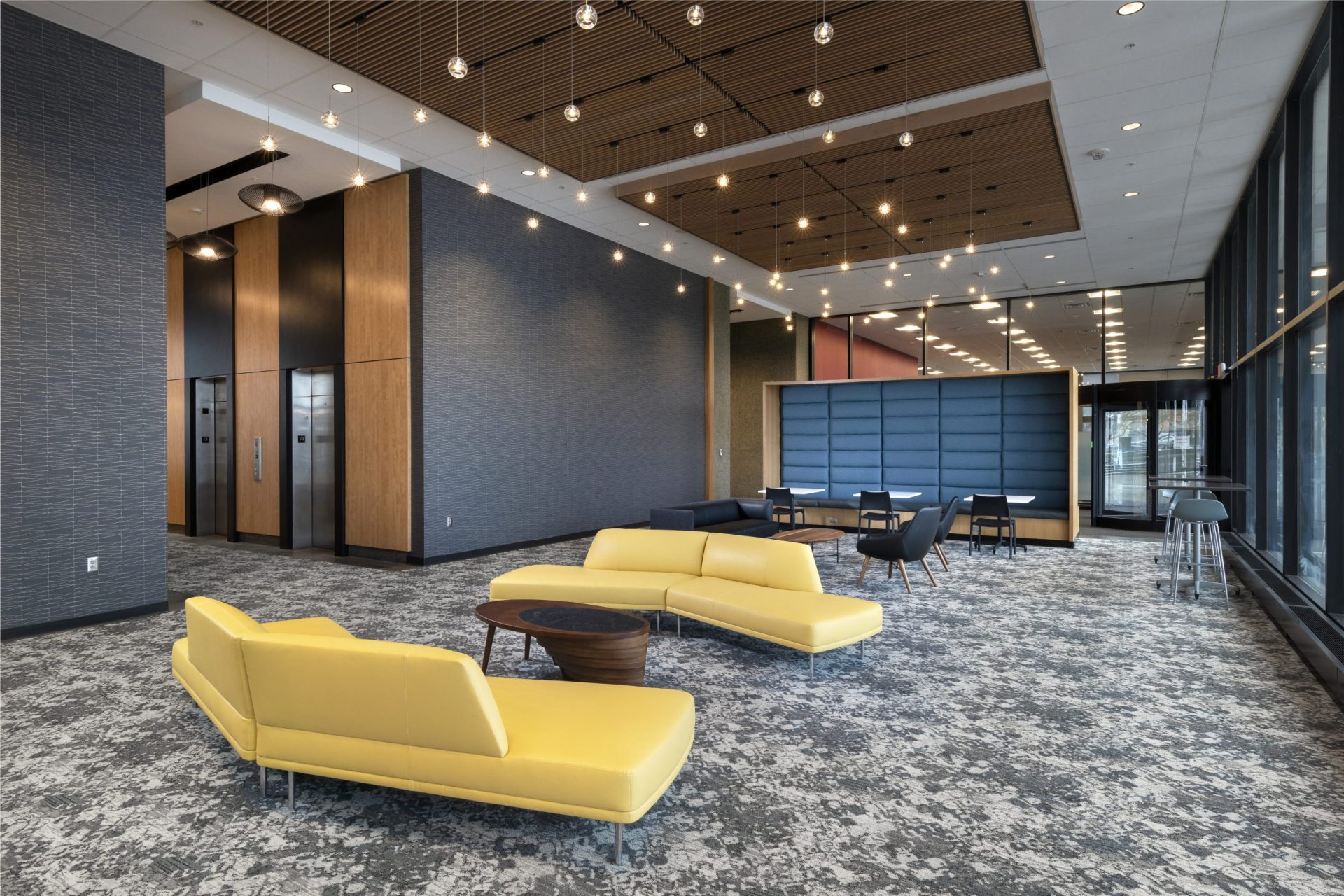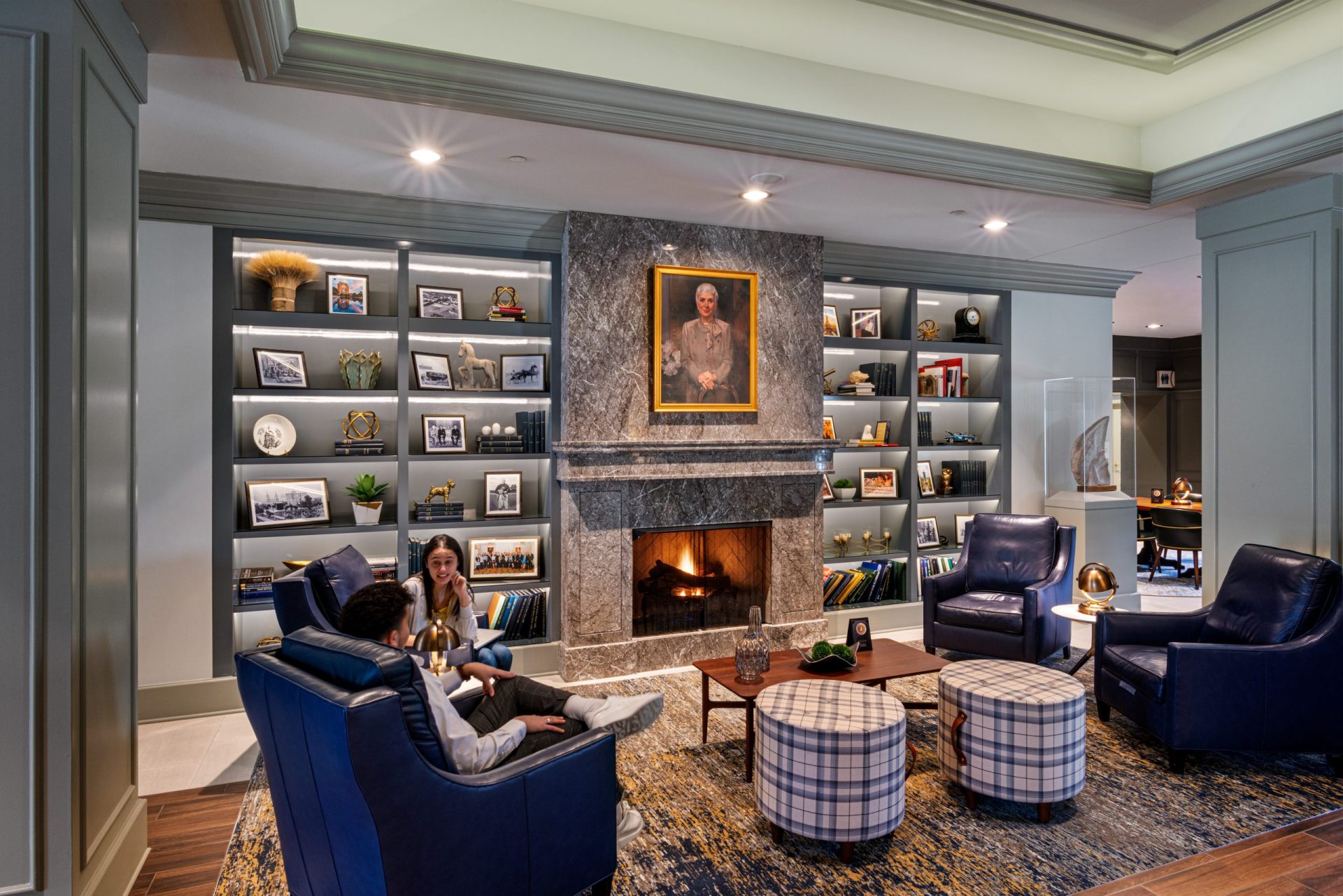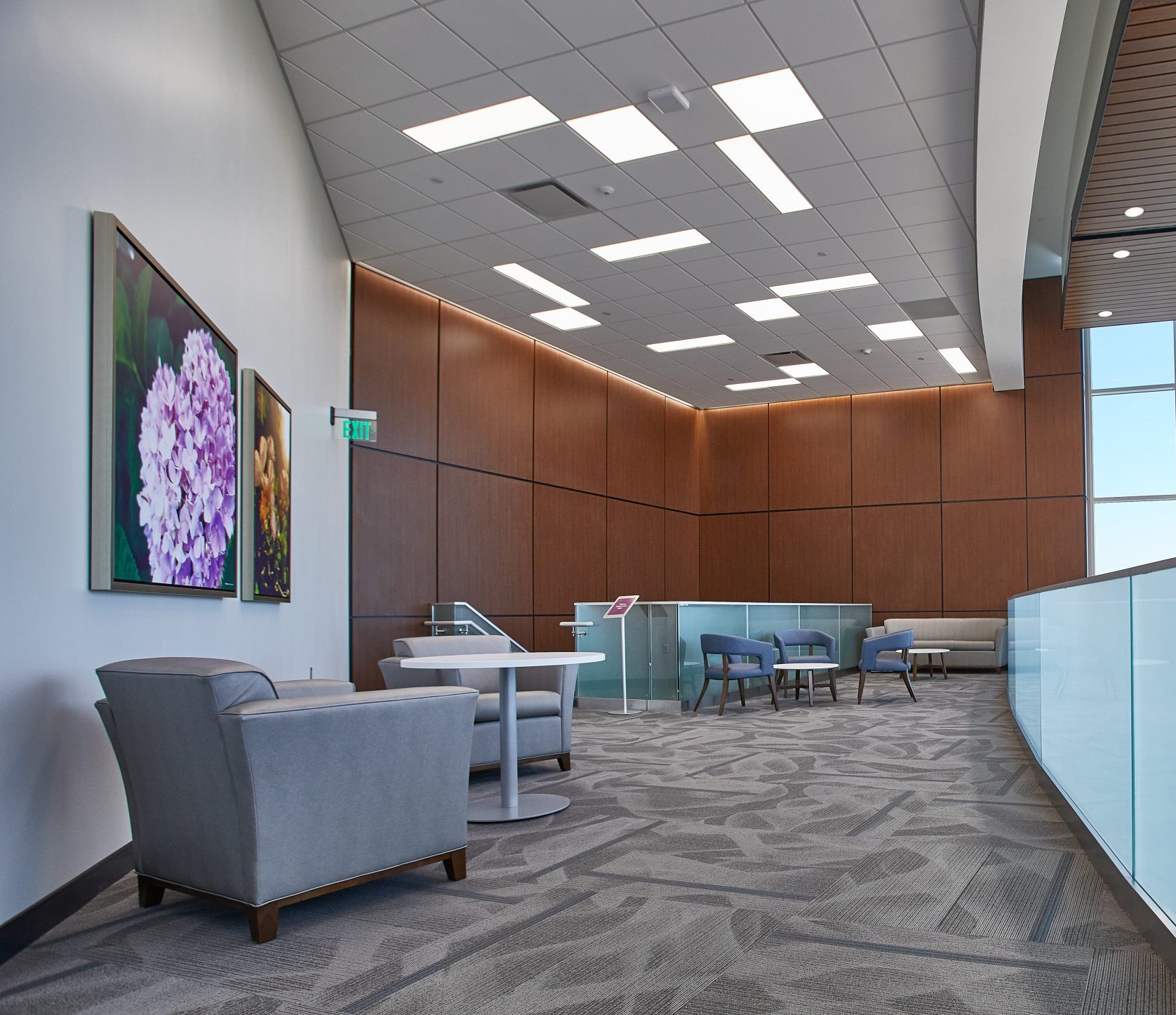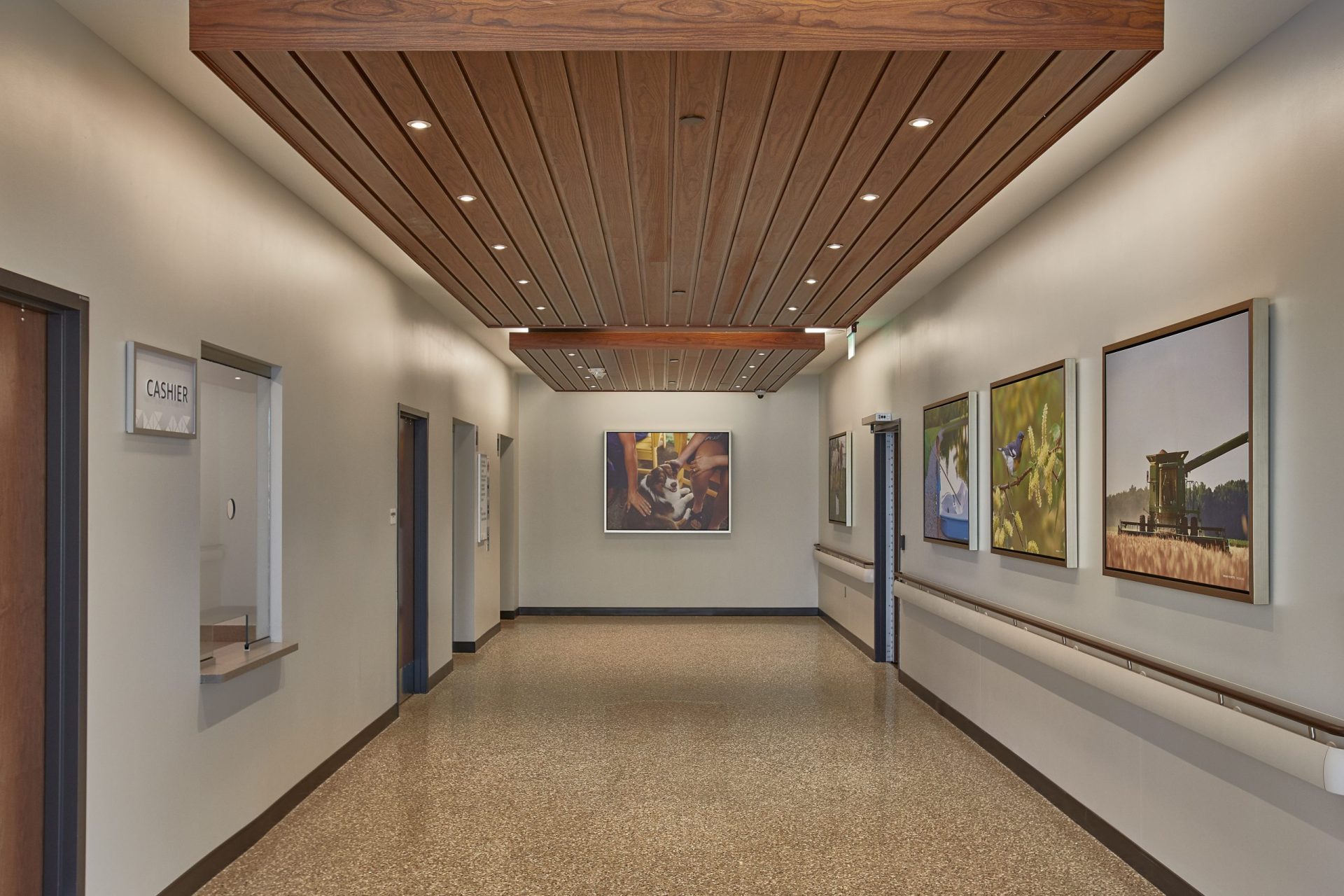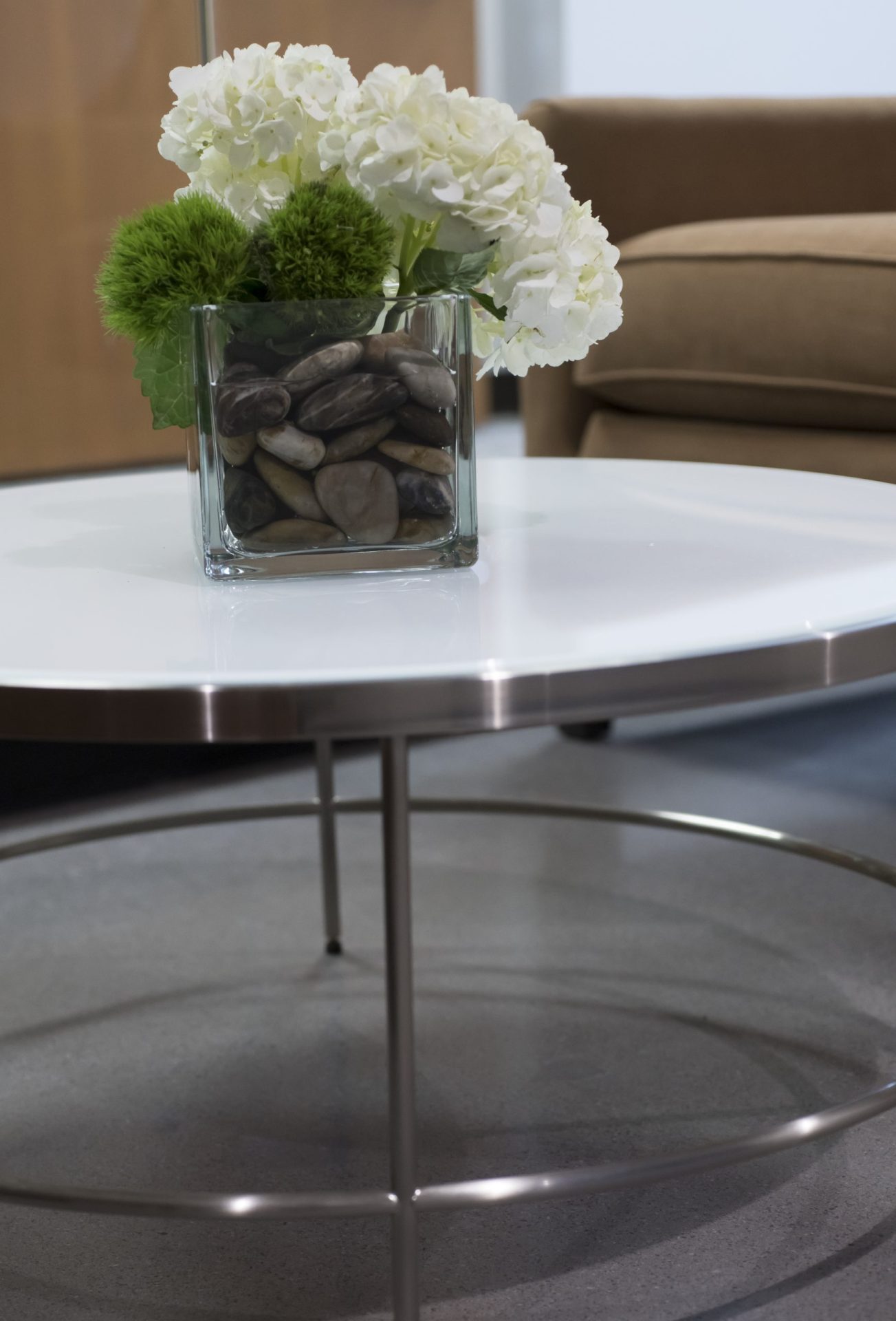Design Considerations for Behavioral Health Patients
By Rachel Vedder, RA, LEED AP
April 4, 2023Post Tagged in
|
At the onset of any design challenge, architects and engineers are programmed to first consult the applicable codes, standards, and best practices. For healthcare and behavioral health design, we are accustomed to analyzing the applicable FGI standards, walking through the Center for Health Design’s Safety Risk Assessment Toolkit, and turning to trusted resources like the Behavioral Health Design Guide and NY Office of Mental Health and Addiction Patient Safety Standards, Materials, and System Guidelines. After all, architects are sworn to protect the public’s health, safety, and welfare. These invaluable resources provide necessary assistance in mitigating environmental safety risks. But we must not let our focus linger on physical safety without addressing mental safety. |
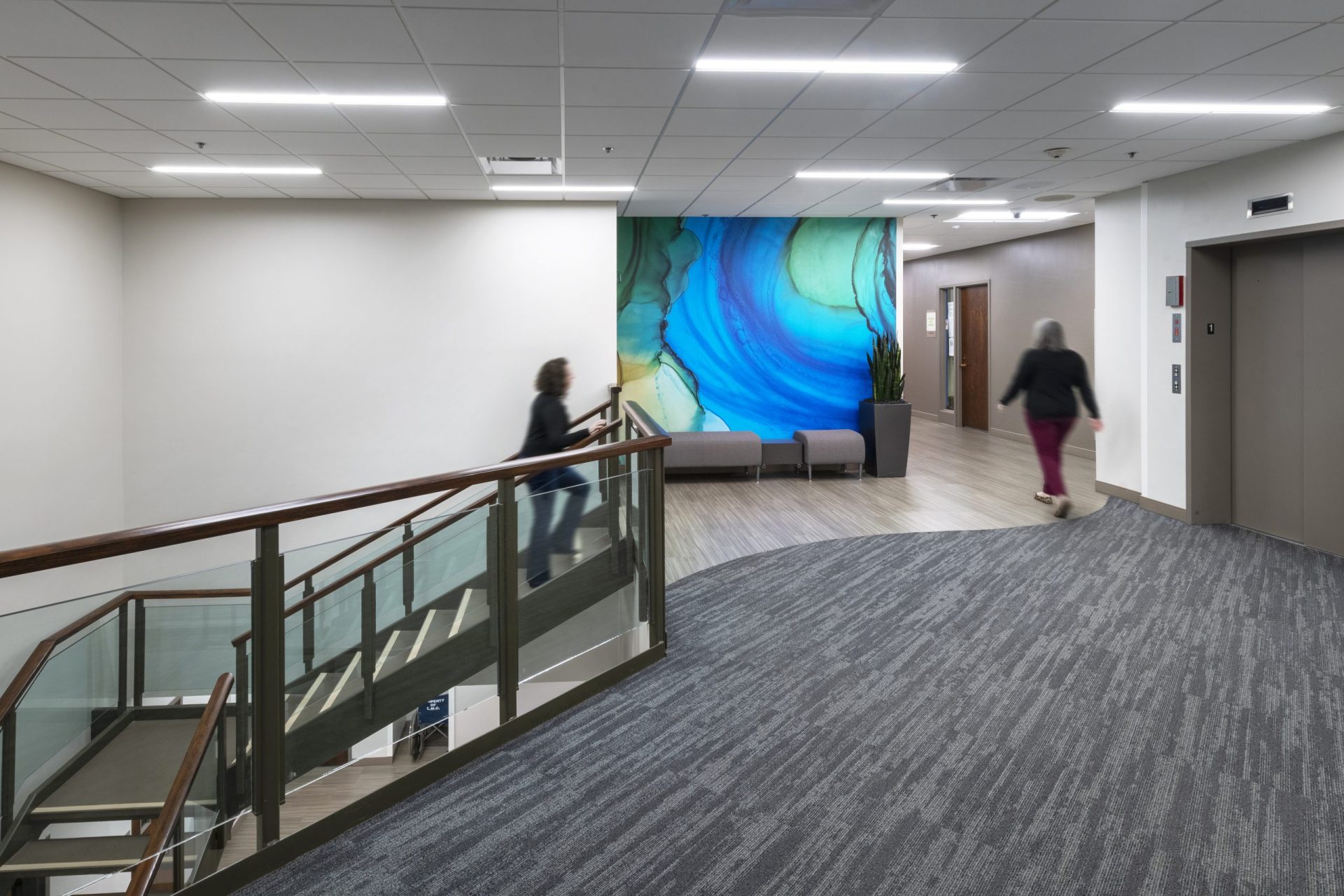
|

The surrounding environment plays a huge role in the mental state of the occupants of a space, especially behavioral health patients whose perception of safety can be heightened. When patients do not feel comfortable in a space, the relationships between patients and therapists are negatively affected. Patients have a harder time letting their guard down and establishing a sense of trust. This is where informed and thoughtful design comes into play.
